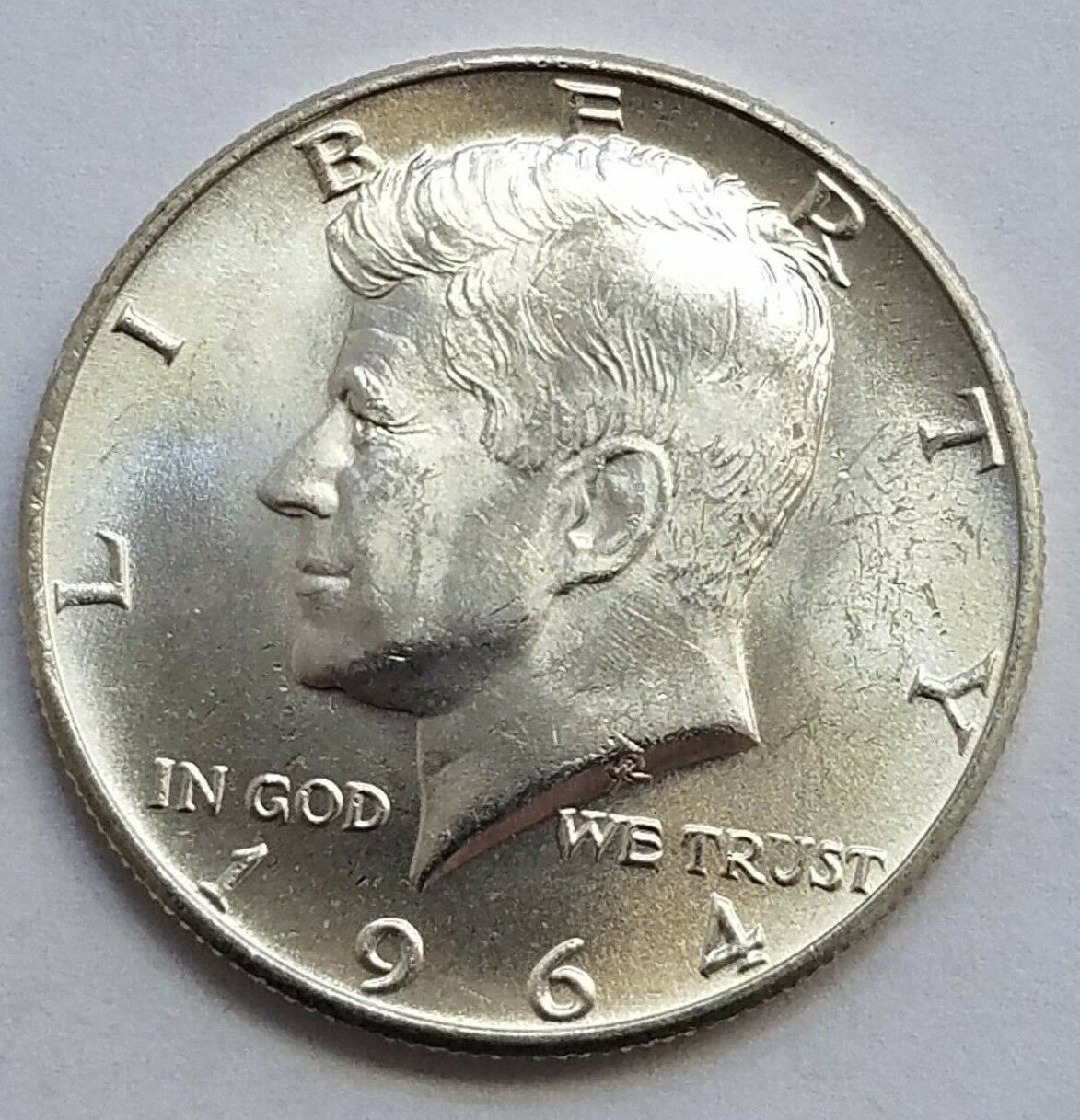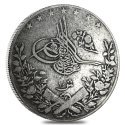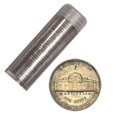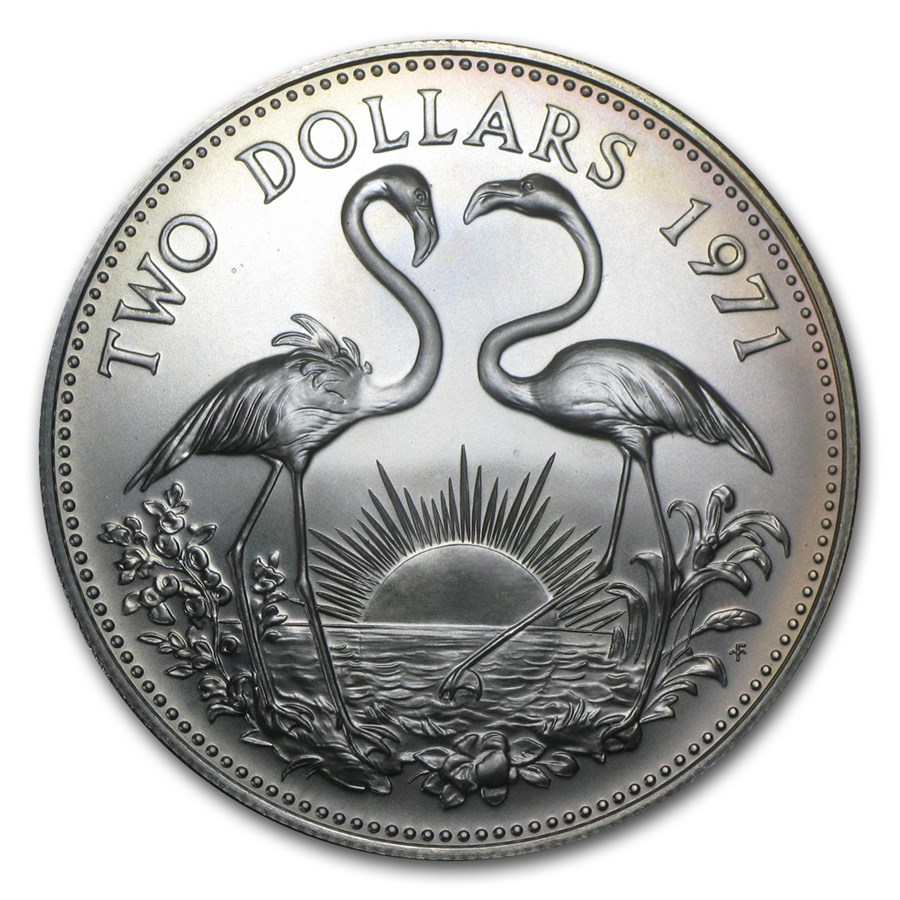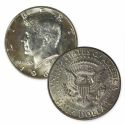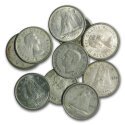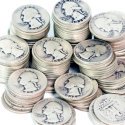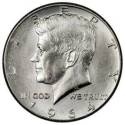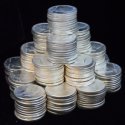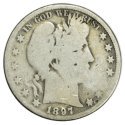1892-1916 Barber Quarter Melt Value
Determining the current price of silver coins is a straightforward process once you know the silver content of the coin and the current market price, often referred to as the silver spot price.
US Mint Silver Coin Melt Values
| Description | Face Value | ASW | Melt Value | Per $1 Face | Per Bankroll | |
|---|---|---|---|---|---|---|
| Barber Quarter | 1892-1916 Barber Quarter | $0.25 | 0.17875 | $12.93 | $51.70 | $517.02 |
1892-1916 Barber Quarter
Charles E. Barber, the Chief Engraver of the United States Mint at the time, designed the Barber Quarter, which was issued by the U.S. Mint from 1892 until 1916. The coin features a classic Liberty Head design on the obverse and a heraldic eagle on the reverse.
Barber Quarters are valuable coins with historical significance.
Key dates such as the 1901-S, 1896-S, and 1913-S are extremely rare and are some examples sought by numismatists.
Investors frequently buy and sell heavily worn coins based on their intrinsic silver value. Barber silver quarters can sometimes be found amongst unsearched bankrolls while coin roll hunting.
Design and Specifications
- Obverse: The obverse of the coin features a profile of Lady Liberty wearing a cap adorned with a laurel wreath and a small headband inscribed with the word "LIBERTY."
- Reverse: The reverse shows a heraldic eagle clutching arrows and an olive branch, with the denomination "QUARTER DOLLAR" inscribed below.
Specifications:
- Composition: 90% silver, 10% copper
- Weight: 6.25 grams
- Diameter: 24.3 mm
- Mint Marks: Coins were struck at various mints, including Philadelphia (no mint mark), New Orleans (O), Denver (D), and San Francisco (S).
Are Barber Quarters Valuable?
Yes, Barber Quarters can be valuable, depending on their condition, rarity, and mint mark. Common dates may sell for around $10 to $50 in circulated conditions. Still, rarer dates and higher-graded coins can fetch much higher prices.
Uncirculated Barber Quarters, especially those in Mint State grades, are highly sought after by collectors and can sell for hundreds or even thousands of dollars.
If you find a Barber Quarter amongst your change, it is far more valuable than modern clad quarters.
Most Valuable Barber Quarter
The most valuable Barber Quarter is the 1901-S Barber Quarter, renowned for its extreme rarity and desirability among numismatists. Only 72,664 were minted, making this coin rare in any condition. Its high demand makes it the key date in the series and one of the most valuable U.S. coins overall.
Coins in Good condition with visible date and rim, but significant details worn flat are worth $4,000 to $6,000. Examples showing moderate wear, with most details of Liberty's headband clear and distinct, are worth $20,000 to $30,000. The current auction record for a 1901-S Barber Quarter was set in 2019 when a PCGS-graded MS68 example sold for an astounding $550,000 at a Stack's Bowers auction.
